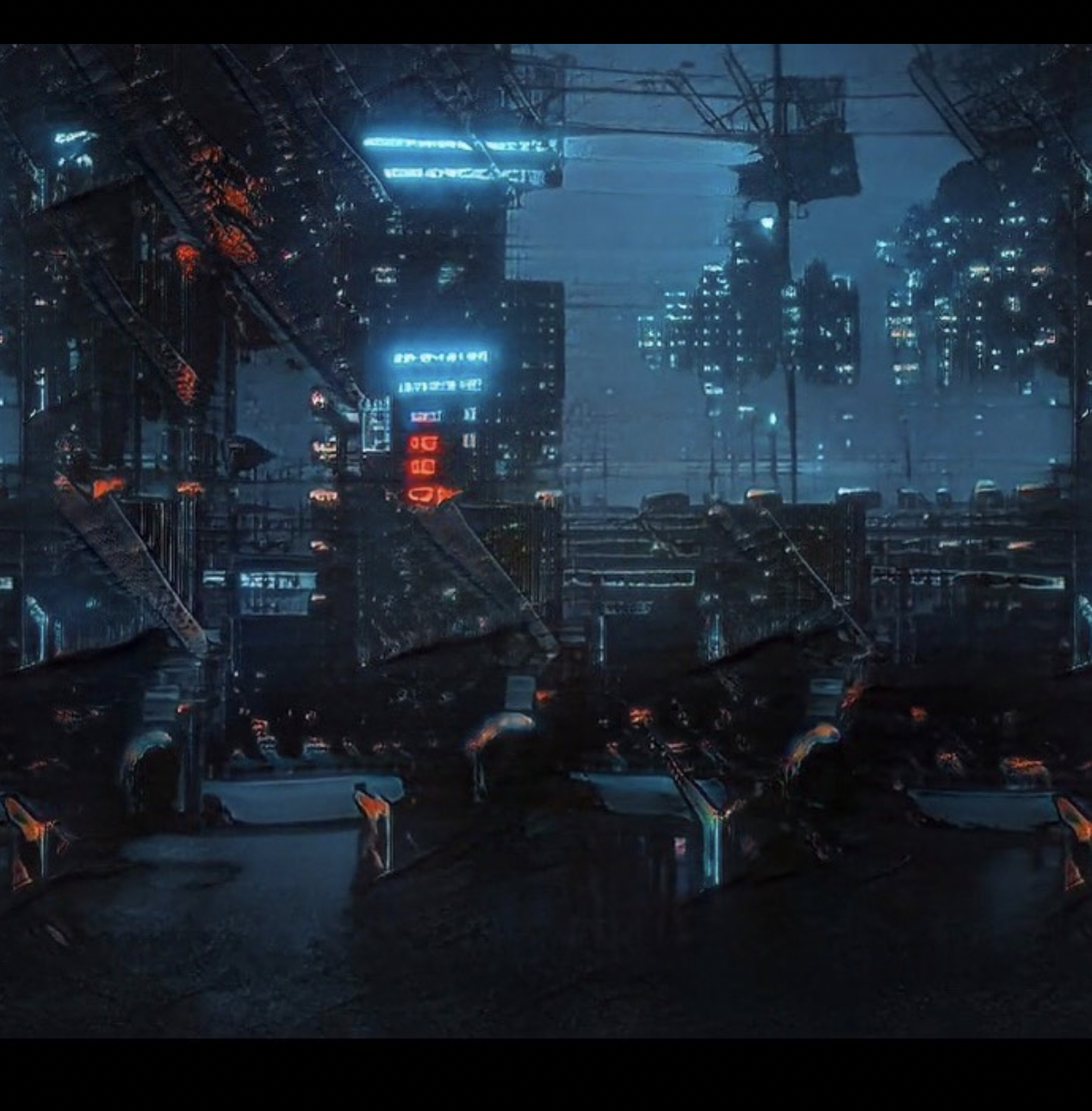
Does it pay to stay bullish on cryptoart in a bear market?
How is the market faring as a whole?
In general, art as an asset class has proven to be a wise investment during recessions and economic downturns. During the 2009 crash, auction prices fell by 27.2%; but the art market made a healthy rebound just two years later. In comparison, the S&P 500 fell by 57% and it wasn’t until 2013 that the market began to restabilize. 1 Today, the general perception is that art makes for a robust alternative asset investment. To open the inquiry into how investments in digital art fare in a crypto bear market, however, is a slipperier affair, due in no small part to the inherently volatile nature of cryptocurrencies. Before concluding that crypto art makes for similar wise investments, it is therefore worth zooming out and comparing NFT art sales with the NFT market as a whole.
Punk9059, also known as NFTStatistics.eth, has been keeping track of market trends and sharing his daily findings on Twitter throughout 2022. On July 30th, he reported a steep decline in sales volumes and USD value on popular NFT trading platform OpenSea compared to the previous year, stating: “Last year on July 30, OpenSea volumes jumped from $10mn to $30mn and never looked back. Unfortunately, today will be the first time ever where NFT USD volumes are down year-on-year.”
How do artists navigate bear markets?
Let’s take, for example, the 19-year-old artist FEWOCiOUS, who recently saw the sale of one of his older pieces, “The Sailor,” go for 350 ETH ($595,000) on the secondary market. “The Sailor” was minted in January 2021, and sold for 46 ETH ($80k at the time) to collector YeahYeah. Since, FEWOCiOUS has benefitted from numerous lucrative partnerships, such as a $2.16M sale at Christies and a partnership with RTFKT. Today, he remains one of crypto’s youngest and most successful artists, with traditional art market backing to boot.
As for AI artist Ivona Tau, the bear market is the perfect time to focus on creating quality work and partnerships. Tau has previously sold works at Sotheby’s and Fauve auction houses, demonstrating an important and productive relationship with the traditional art market. Though incredibly successful in her practice, she has not seen the same gargantuan sales prices as artists such as FEWOCiOUS. Thus, Tau’s approach to the bear market is more down to earth, more tangible, and exposes a strategy that other emerging and established artists could adopt today.
Art history is being written in realtime. 350ETH auction kicked off on @fewocious's The Sailor by Capital 6529, currently in @2Yeahyeah's collection. Auctions like this make me wish we had a troll box for watching the action 😃🍿https://t.co/sVgFX9Q02f https://t.co/xxkxwpf8fo
— SuperRare John 💎 (@SuperRareJohn) August 18, 2022
The Old Photographs reserve met on auction ! ✨ The piece is currently on view in @SuperchiefNFT gallery in LA at Bastards , Experimental & Post Photography show, curated by @kikanicolela Audio by AI pic.twitter.com/lF6WRpQxUz
— Ivona Tau (@ivonatau) September 17, 2022
Indeed, despite fewer sales and a devaluation of Ethereum and Tezos, Tau remains positive about being an artist during the bear market: “There are many opportunities for artists who persevere, as many will quit the space during the down times. On one hand it helps to increase visibility through less noise in the space, but it also allows for easier connections with galleries, DAOs, and collectors. The important thing to remember is that regardless of markets and trends, the connections you make are there to stay and they will take you to web 4.0 or whatever comes next.”
Time Still I ✨ On auction for 3 more hours and current bid at 900 XTZ🔥🔥 pic.twitter.com/NPfdlBrY9c
— Ivona Tau (@ivonatau) September 18, 2022
Conclusion
There is an aphorism in the art market that dealers and advisors swear by: ‘Invest in art that you love.’ This rings just as true for art NFTs. By investing in artworks that collectors love, enjoy, and have a personal connection with, return on investment becomes a bonus, not the goal. This genre of collectorship contributes to the creation of a robust and sustainable NFT art market, which in turn outlasts the bulls and the bears.

Vienna Kim is an art professional with a specialization in new media and technologies. After her Bachelor’s in Art History from the University of St Andrews, and her Master’s in Art Business from the Sotheby’s Institute of Art, London, Vienna has dedicated her career to the intersection of the traditional art market and technology. She has worked as a freelance writer for five years, exploring a range of topics such as how the blockchain can empower African artists, Susan Sontag’s ‘Notes on Camp’ and the Met Gala, and various exhibition reviews and artist spotlights. Now based in Paris, France, Vienna is the Artistic Manager at digital art and NFT company ARTPOINT. She likes talking about games and NFTs.
Art

Curated Conversations: ALIENQUEEN
SuperRare Labs Senior Curator An interviews ALIENQUEEN about psychedelics, death, and her journey in the NFT space.
Tech


Out of the Vault and onto the Chain: the Evolving Nature of Provenance
SuperRare editor Oli Scialdone considers the social experience of provenance and its relationship with community in the Web3 space.
Curators' Choice



Curated Conversations: ALIENQUEEN
SuperRare Labs Senior Curator An interviews ALIENQUEEN about psychedelics, death, and her journey in the NFT space.



